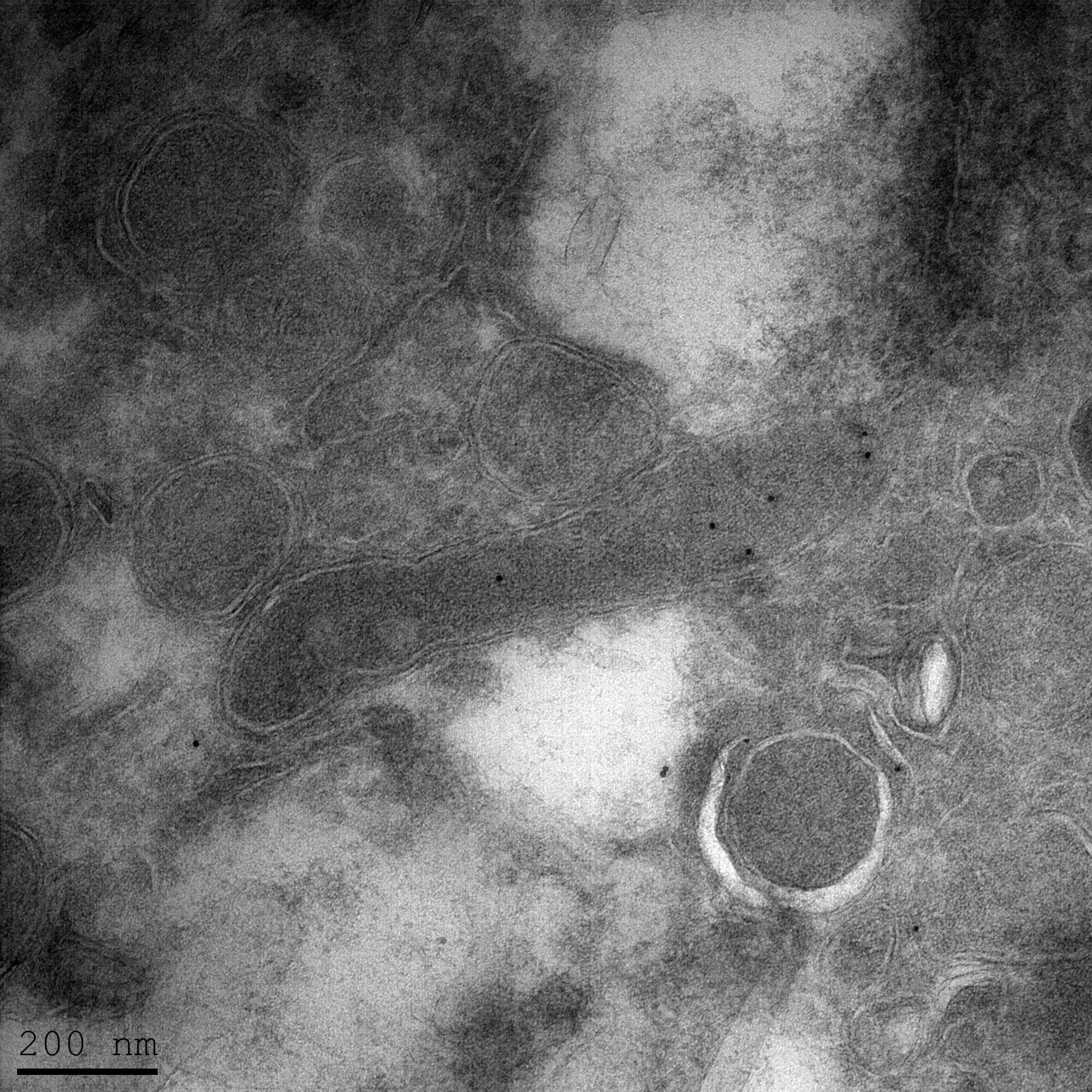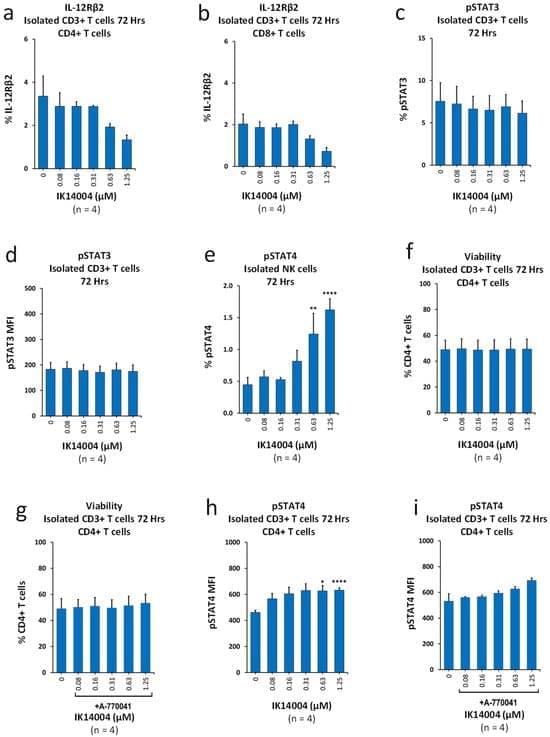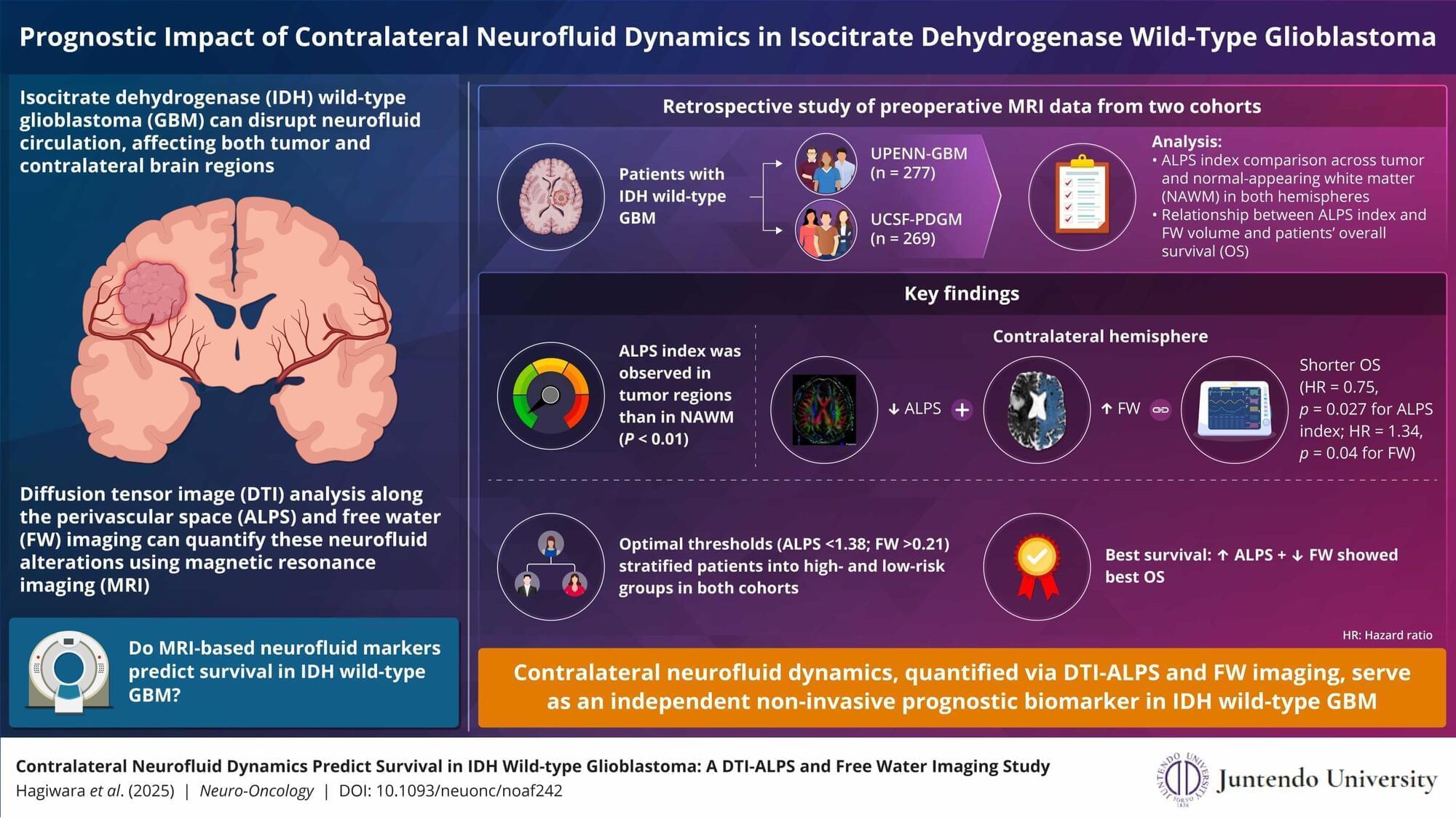Newly published research in the peer-reviewed journal Nature Cancer suggests that bacteria inside brain tumors may play a far more active role in how cancers grow, spread and respond to treatment than previously understood, according to Prof. Ravid Straussman of the Weizmann Institute of Science.
For years, scientists considered tumors as places where bacteria didn’t grow.
If this problem persists, please email us at support AT timesofisrael.com.
Be sure to include in your email the following details:
Your IP 2600:3c00::f03c:92ff: fe29:18d2.









